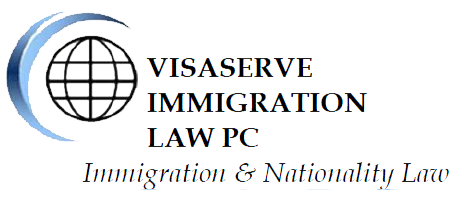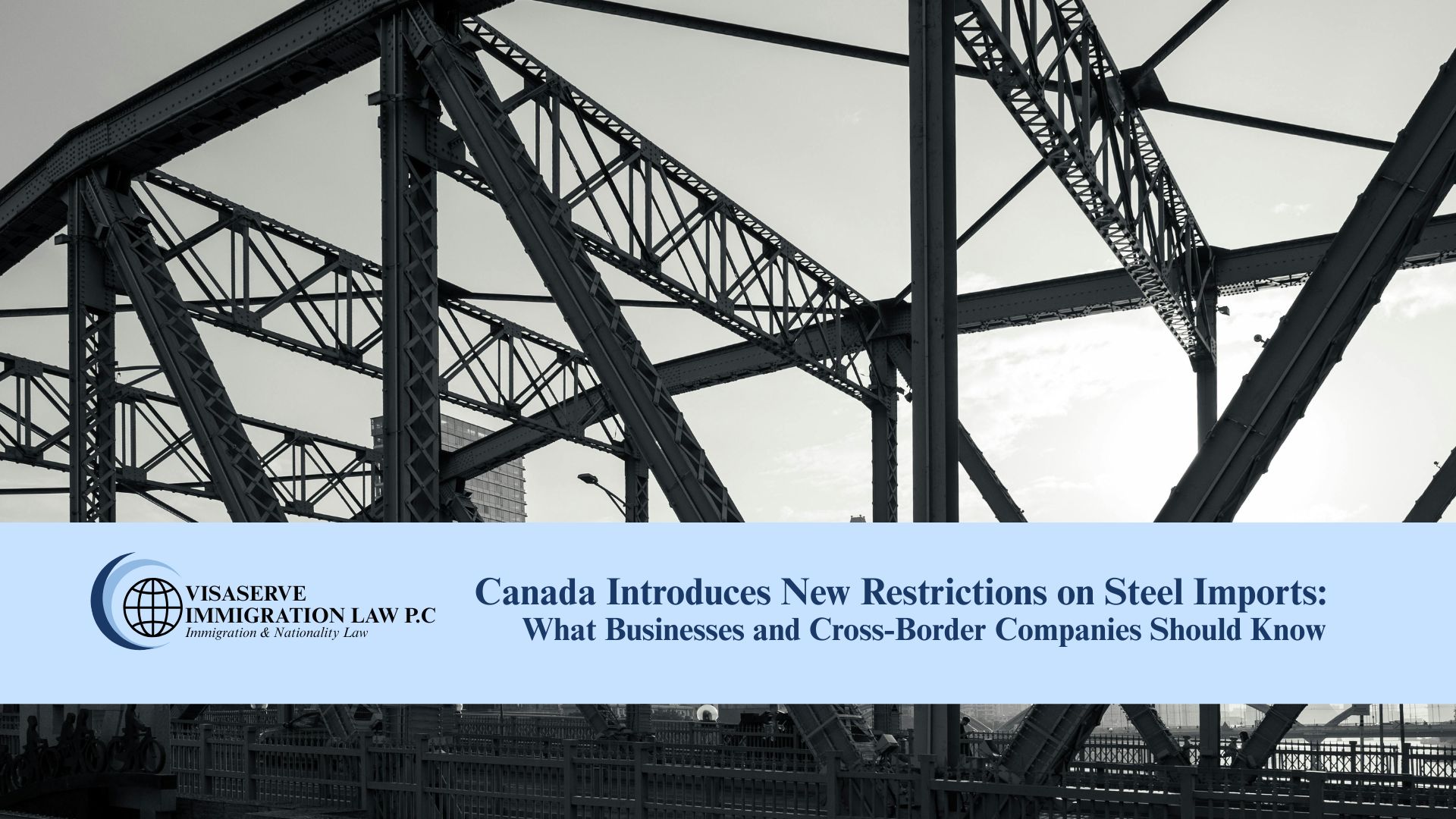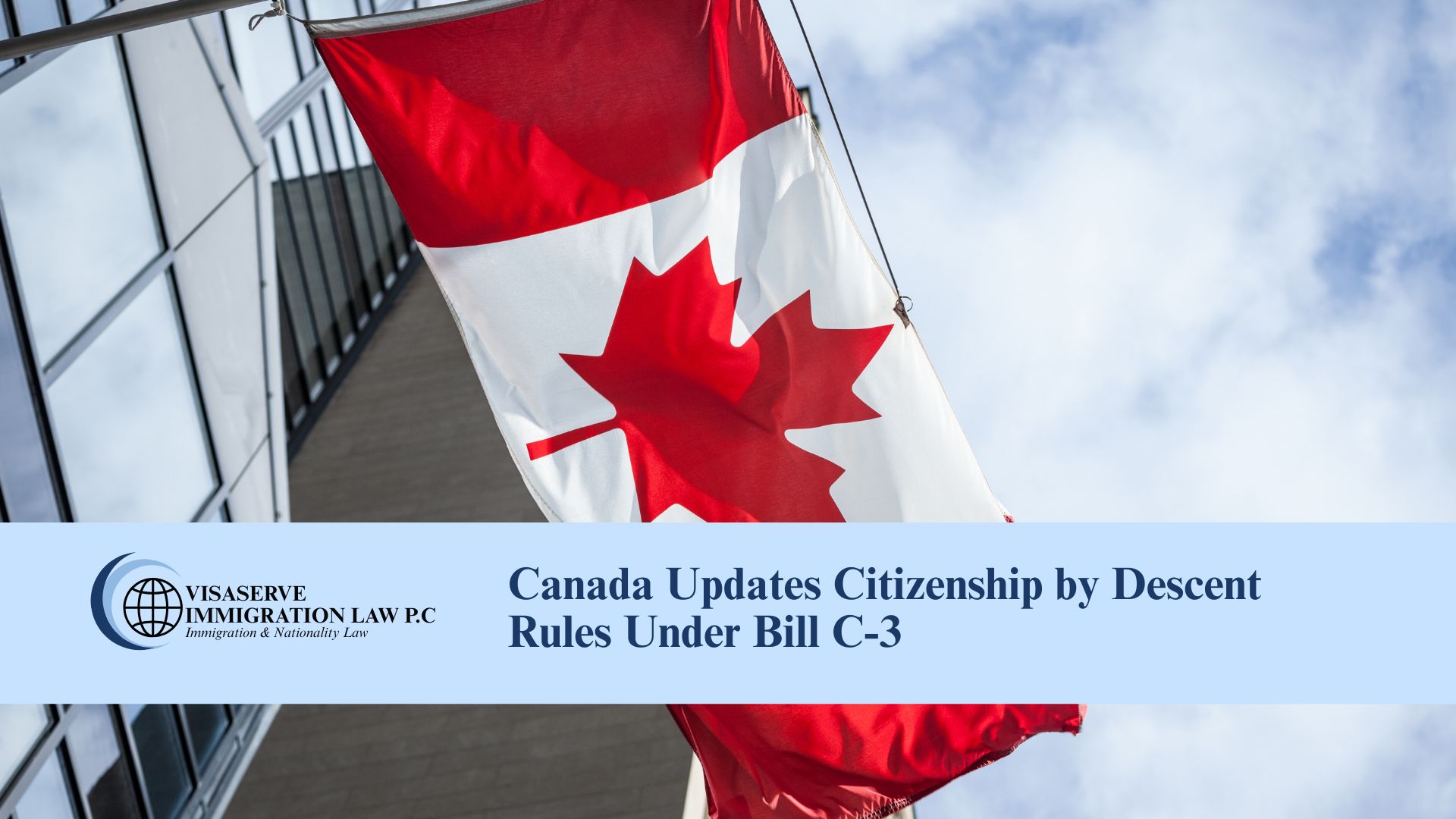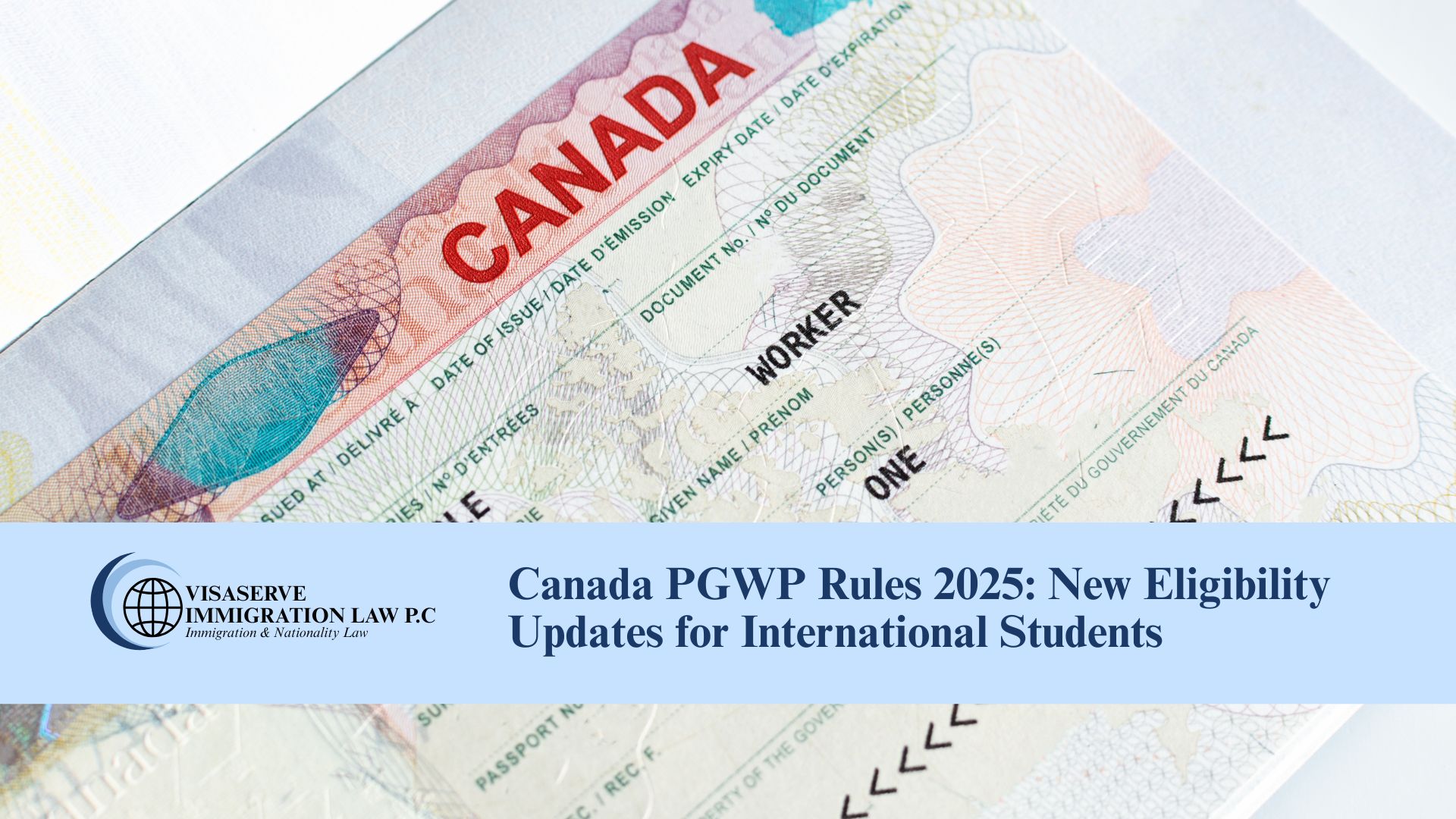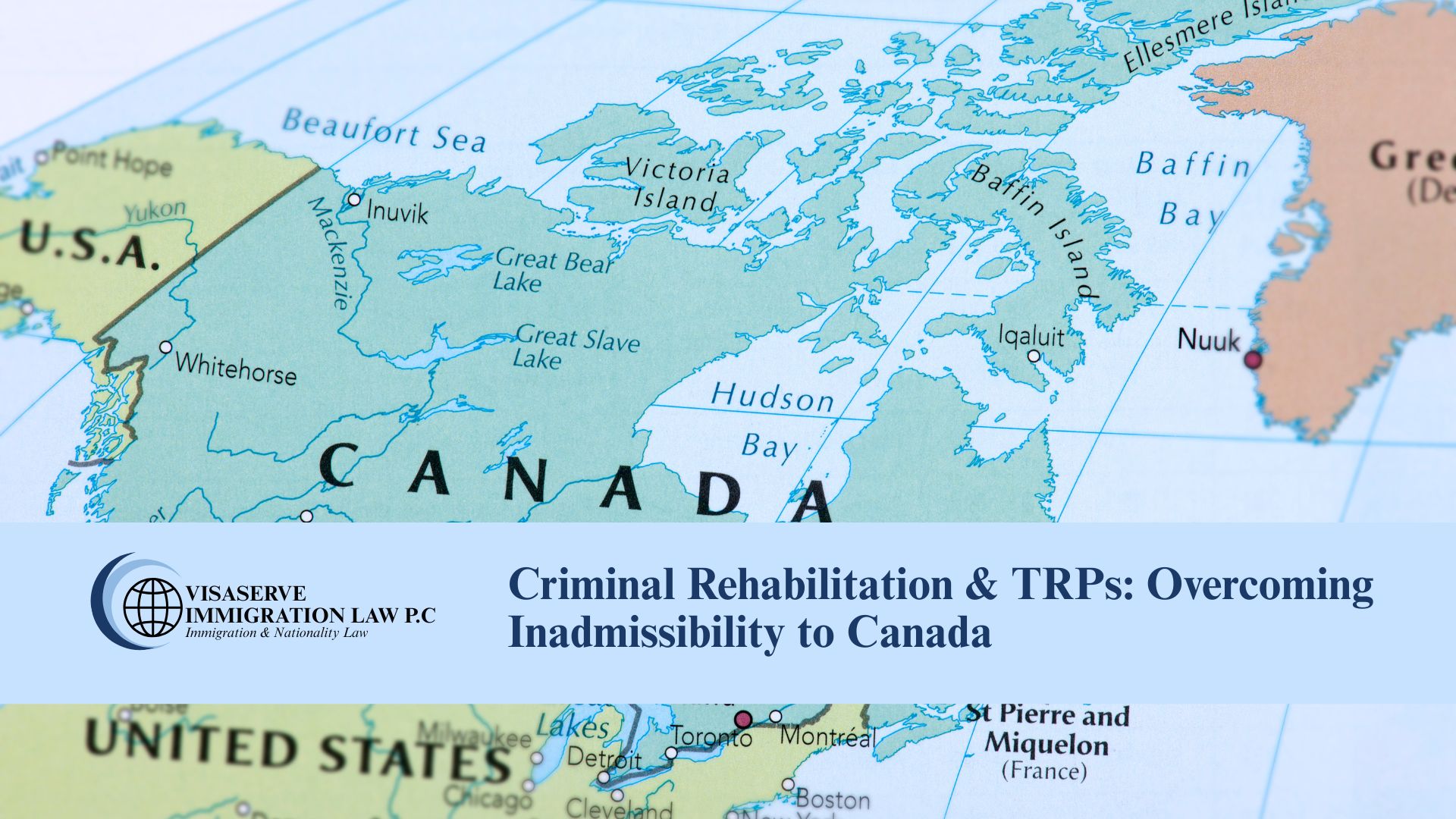Canada-US Safe Third Country Agreement: A Comprehensive Overview
Ongoing Implementation of the Safe Third Country Agreement
The Safe Third Country Agreement (STCA) between Canada and the United States is still active and enforced. Those entering Canada via the land border with the US must adhere to the broadened stipulations announced on March 24, 2023. Individuals will be sent back to the US if they don’t qualify for any of the pertinent exceptions specified in the STCA.
Changes to the Safe Third Country Agreement
On March 24, 2023, Canada and the United States announced the expansion of the STCA across the entire land border, including internal waterways. The expansion took effect as of 12:01 a.m. EDT on March 25, 2023. If you crossed the border to make an asylum (refugee) claim and don’t meet one of the Agreement’s exceptions, you’ll be returned to the U.S.
Where the Agreement is in Effect
The Safe Third Country Agreement applies to refugee claimants seeking entry to Canada from the U.S. at various points, including land border crossings, between ports of entry, by train, or at airports under specific circumstances.
Exceptions to the Agreement
The Agreement has four types of exceptions considering the importance of family unity, the best interests of children, and the public interest. These exceptions include family member exceptions, unaccompanied minors exception, document holder exceptions, and public interest exceptions.
Designation and Review of Safe Third Countries
Only countries that respect human rights and offer a high degree of protection to asylum seekers may be designated as safe third countries. To date, the United States is the only designated safe third country. The Immigration and Refugee Protection Act (IRPA) requires the continual review of all countries designated as safe third countries.
Ongoing Designation of the United States
The United States continues to meet the requirements for designation as a safe third country. Factors for this designation include being party to the 1951 Refugee Convention and the 1984 Convention Against Torture, having policies and practices aligned with these conventions, maintaining a strong human rights record, and being party to an agreement with Canada for sharing responsibility with respect to refugee claims.
Key Definitions in the Safe Third Country Agreement
Understanding the STCA requires familiarity with certain terms, such as safe third country, family member, and the various exceptions. These definitions provide clarity on the Agreement’s scope and application.
In conclusion, the Canada-US Safe Third Country Agreement plays a vital role in managing access to the refugee system in both countries. It is essential to understand the Agreement’s scope, application, and exceptions to navigate the process of seeking asylum in either country.
At NPZ Law Group, our U.S. and Canadian lawyers seek to assist clients with regard to employment and family immigration issues. If you or your friends or family should have any questions about any aspect of U.S. and Canadian Immigration Law, please feel free to contact us at info@visaserve.com or you can call our office at 201-670-0006 (ext. 104). We look forward to being able to assist you.
